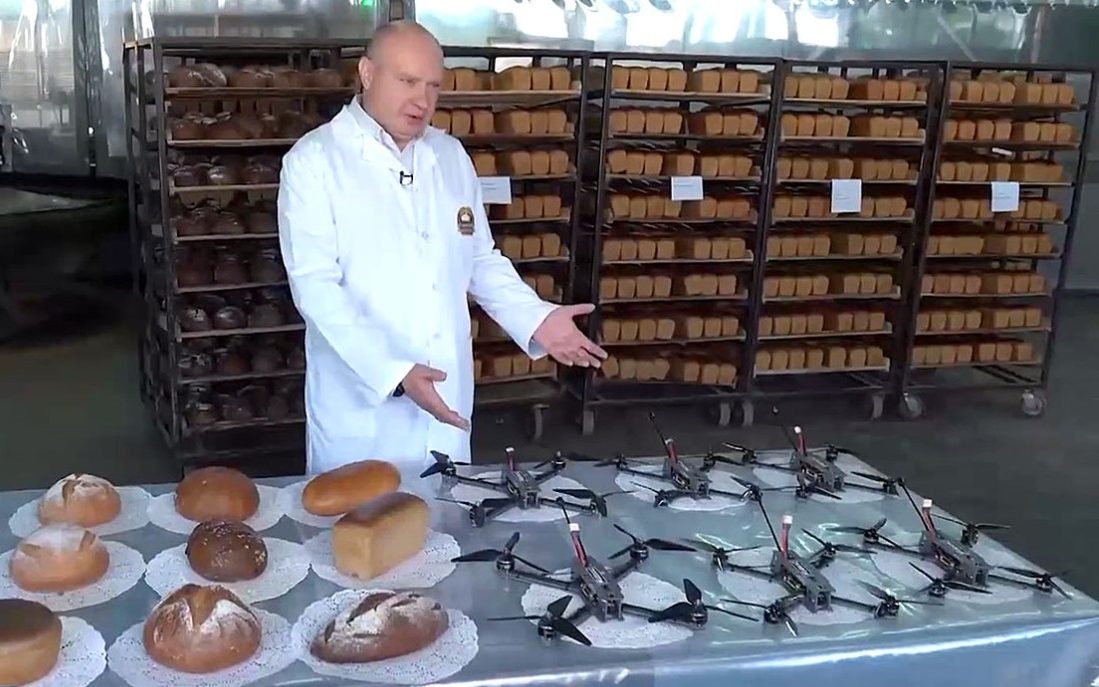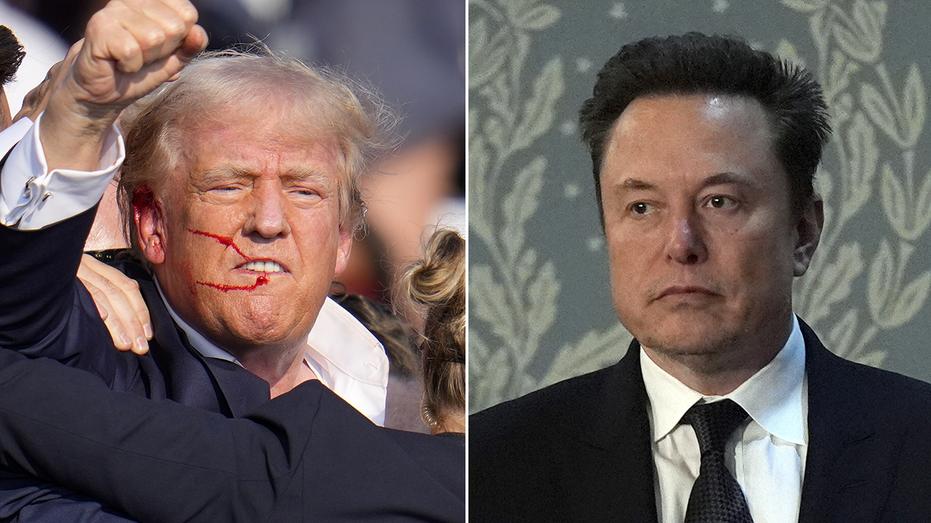The Russian military spending is seven times higher than the NATO average — The Telegraph
According to only official information, Russia spends 29% of all public expenditures on defense, while the NATO average is 4.3%, including the vast 11% contribution from the USA. The actual number may be even more in favor of Russia due to a large part of classified expenditures. The post The Russian military spending is seven times higher than the NATO average — The Telegraph appeared first on Euromaidan Press.

In particular, the Russian official figure likely masks a much larger effort, including the so-called spending on reconstruction in occupied parts of Ukraine and redirecting private sector wealth to the war effort, the Telegraph writes in its analysis.
Moscow turns bakeries and even classrooms into tools to ramp up weapons production. The Itlamas shopping mall in Izhevsk was turned into a facility for the production of Lancets, effective Russian attack drones, in the summer of 2023. It became only the first known example of a vast state-led effort to ramp up military production. The Italmas Mall was renamed to the Italmas Scientific Research Centre.

Other examples show that even some bakeries were turned into drone assembling facilities.
The Russian TV propaganda shows Russian children learning to assemble munitions parts for drones in workshops. It is unclear how many such workshops actually operate, although it indicates at least the policy direction Moscow is trying to pursue.
Over time, the full-scale economic mobilization can give Russia overwhelming materiel superiority not only over Ukraine but also over other European NATO members. Russia has publicly declared its intention to continue the war against Ukraine for the next 3-4 years, to break the country by overwhelming numerical and material superiority, and doesn’t plan to stop there.
“It is f—ing insane,” one UK defense insider told the Telegraph, referring to institutional barriers to expanding Western arms production.
“The secrecy of Russia’s defense industry, and the tendency of officials to massage figures for propaganda purposes, make it difficult to assess the exact extent of Russia’s shift to the war economy. But almost all experts agree it is real, dangerous, and well underway,” the analysis concludes.
Russian Defense Minister Sergei Shoigu said in a report to parliament in December 2023 that Russia currently produces over 100 tanks and over 200 AFVs per month, although it is impossible to verify these claims.
At the same time, western officials told the New York Times in September 2023 that Russia is on track to manufacture two million artillery shells a year — double the amount Western intelligence services had initially estimated Russia could manufacture before the war.
Total European production is far behind such figures. As an indicator of this failure, Europe couldn’t fulfill its initial promise to supply one million artillery shells for Ukraine in 2023. Currently, Ukraine is firing nearly five times fewer artillery shells than Russia, which means not only the lack of artillery support for offensive actions but even limits the counterbattery fire to support infantry in defense.
“With North Korea and Iran, Putin has reliable suppliers of military equipment that don’t care the slightest for their own people’s needs,” Norbert Röttgen, a former chairman of the Bundestag’s foreign affairs committee, told the Telegraph. “If we do not manage to decisively ramp up our support of Ukraine so it can militarily win the upper hand against Russia, there is no guarantee that Russian aggression will not spread to other European states. Supporting Ukraine now is our best defence against Russia.“
The frustration for people like Mr Röttgen is that although the problem is obvious, it seems almost politically impossible to address.
As was reported, Ukraine allocates 80% of all state expenditures for defense. However, the total sum is still far behind Russia’s due to the country’s overall size and economic capacity. While successfully increasing drone production to over 1 million in 2024, Ukraine is much slower in increasing production of ammunition, artillery systems and vehicles due to little development of this sector before the war. However, even regarding drones, some experts fear Russia may overcome Ukrainian production volumes, although specific Russian figures are classified.
Read more
- Ukraine squeezes every last drop for defense in 2024 budget, Russia still 2.5x more
- Ukraine, Lithuania agree on joint drone production
- Ukraine ramps up long-range drone production to dozens per month
- Ukraine’s FPV drone production nearly sixfold behind Russia’s amidst engineers shortage
- Inside Ukraine’s campaign to crush Russia with combat drones
You could close this page. Or you could join our community and help us produce more materials like this.
We keep our reporting open and accessible to everyone because we believe in the power of free information. This is why our small, cost-effective team depends on the support of readers like you to bring deliver timely news, quality analysis, and on-the-ground reports about Russia's war against Ukraine and Ukraine's struggle to build a democratic society.
A little bit goes a long way: for as little as the cost of one cup of coffee a month, you can help build bridges between Ukraine and the rest of the world, plus become a co-creator and vote for topics we should cover next. Become a patron or see other ways to support.
The post The Russian military spending is seven times higher than the NATO average — The Telegraph appeared first on Euromaidan Press.



